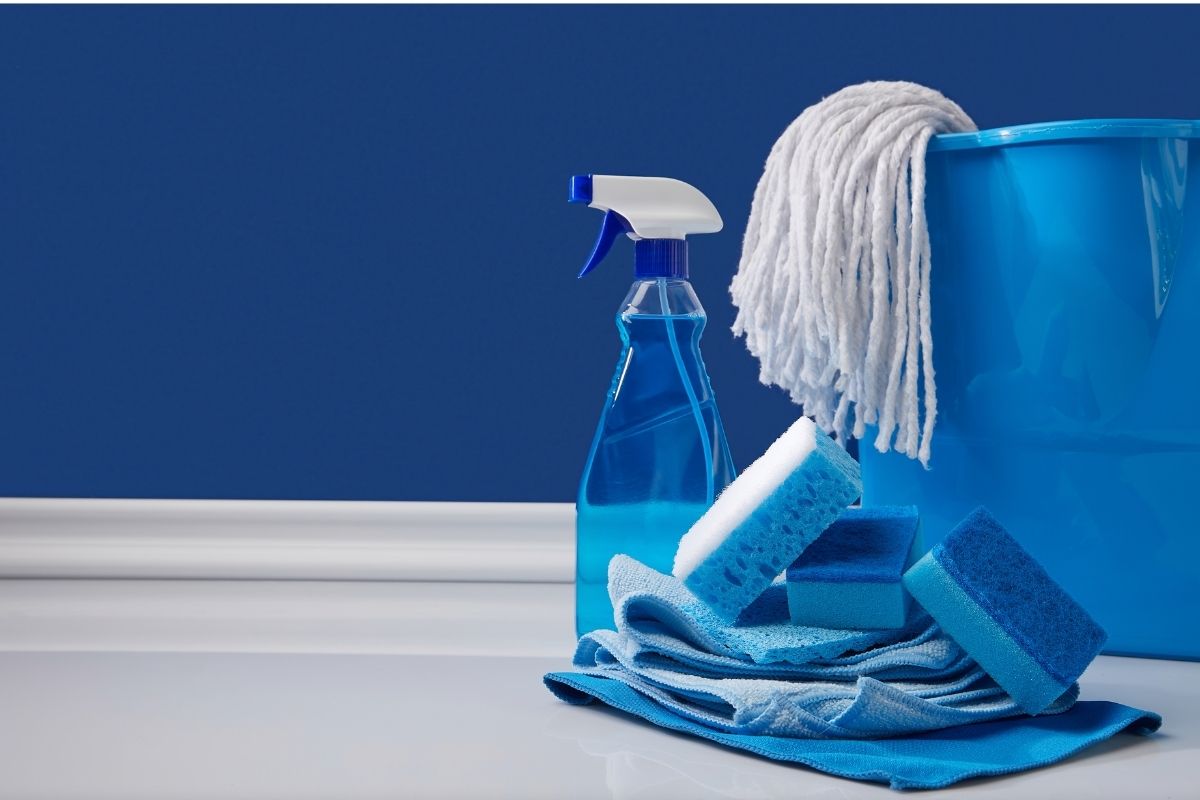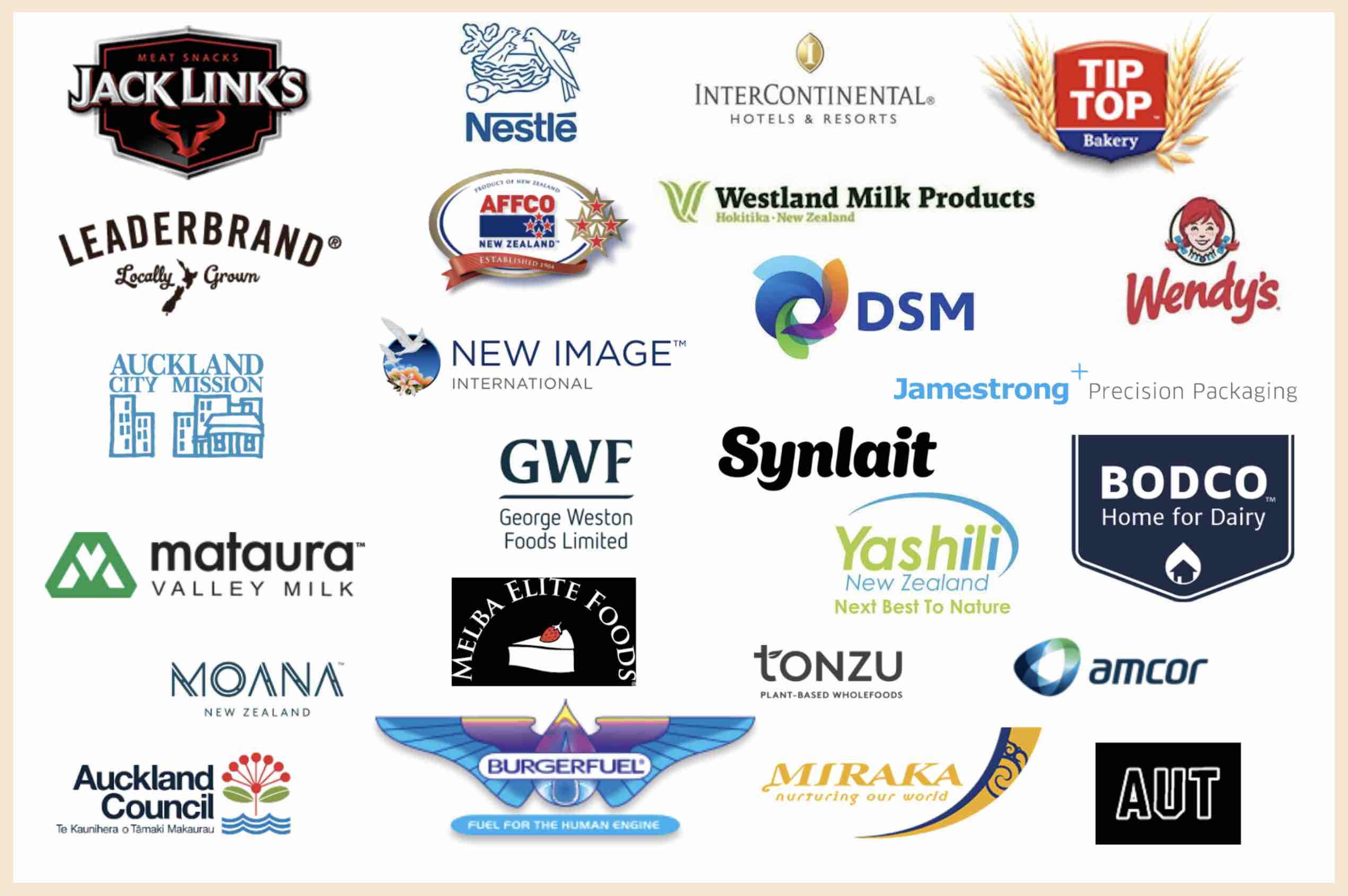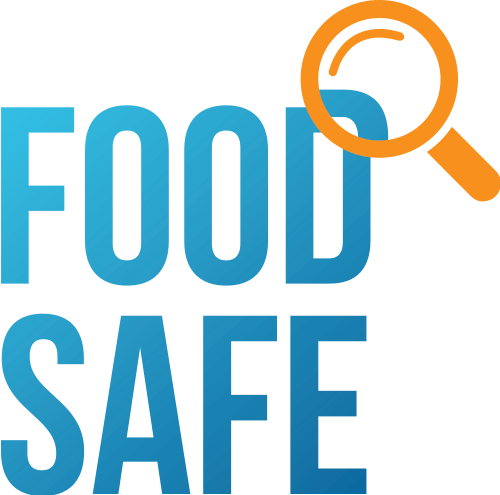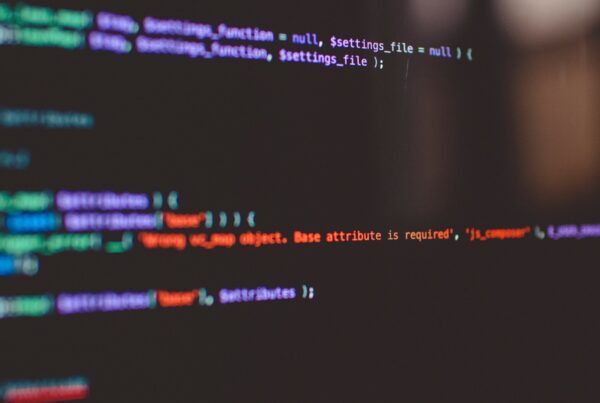Reducing risks with commercial sanitisers in the workplace
Cleaning and sanitising in food businesses are essential practices to uphold food safety. Without implementing proper cleaning and sanitising techniques, you risk spreading harmful germs and bacteria. Government food safety standards require any business in the food industry to take the necessary precautions to prevent the spread of infectious disease.
The importance of sanitising
Sanitising the preparation and cooking areas of your food premises is closely linked with cleaning. Cleaning processes typically involve removing grease and dirt with a mild detergent. Cleaning and Sanitising reduce microorganisms such as bacteria like Salmonella & Listeria and viruses such as Norovirus, Rotavirus and Covid-19 to safe levels, thereby minimising the risk of foodborne illnesses.
Staff must wash all equipment prior to sanitising, as sanitising alone is not capable of destroying microorganisms.
Staff in commercial food businesses should sanitise utensils, equipment, and surfaces after each use or at least every four hours. The sanitising process typically involves using heat or chemical sanitisers, or a combination of both.
“Cleaning means to physically remove germs (bacteria and viruses), dirt and grime from surfaces using a detergent and water solution. It is an essential first step in any disinfection process”
“Sanitising or Disinfecting means using chemicals to kill germs on surfaces. It’s important to clean before disinfecting because dirt and grime can reduce the ability of disinfectants to kill germs”
Difference Between Cleaning and Disinfection – Source: CDC
The Ministry of Health (MOH) Answers some frequently asked questions about Cleaning & Sanitising below
Using Hot Water
Treat equipment by heating it to at least ≥ 85°C for a minimum of 10 seconds in a commercial dishwasher, or soak items in hot water at the same temperature for 30 seconds. Always ensure clean hands empty the dishwasher. Clean the dishwasher afterwards to remove any residual food matter.
Using Chemicals
Use one of the following chemical sanitisers in your kitchen:
- 70% Isopropyl Alcohol or Ethanol
Saturate equipment and allow them to air dry. - Commercial-Grade Bleach
Dilute 10 ml in 10 litres of cold water – or 5 ml in 10 litres of warm water. Allow for a 10-30 second contact time with the item or surface being cleaned. Refer to the manufacturer’s instructions for more information. - Quaternary Ammonium Compounds (QUAT)
Follow the manufacturer’s instructions for the correct dilution.

“Quaternary ammonium and phenolic disinfectants are not recommended for use as a norovirus countermeasure”
Watch how sanitiser kills bacteria under a microscope
Cleaning and Sanitising: Managing Norovirus
Noroviruses are non-enveloped, single-stranded RNA viruses. Quaternary ammonium compounds are commonly used for disinfection in a variety of settings and work by disrupting viral envelopes. As norovirus does not have an envelope, quaternary ammonium compounds do not have significant activity against them (Engender Health 2004; Harrison and Calder 2002; Yee et al 2007). Ethanol and anionic compounds have also been shown to be relatively ineffective as disinfectants for norovirus (Chadwick et al 2000).
Quaternary ammonium and phenolic disinfectants are not recommended for use in norovirus countermeasures as they are less effective than bleach. Household bleach is a high-level disinfectant capable of killing norovirus.
To work properly, bleach disinfectant needs:
- Enough time to kill – at least 30 minutes’ contact time is ideal
- Sufficient strength or concentration
- A surface that is free of organic material such as vomit or faeces.
IMPORTANT: Make up a fresh solution of the bleach each day and discard it if not used within 24 hours.
Supermarket bleaches are sold in different strengths, usually 2–5% sodium hypochlorite solution. The strength is written on the label. The recommended concentration of bleach disinfectant is 1000 ppm (0.1%) sodium hypochlorite (Cartwright 2002).
To assist in achieving this concentration, the table below provides a guide to diluting supermarket bleach – MOH.
Recipes to achieve a 0.1% bleach solution – Source MOH
| Original strength of bleach (% sodium hypochlorite) |
Volume of bleach needed (millilitres) | Volume of water needed (millilitres) | Total volume (millilitres) | Parts per million (ppm) achieved |
|---|---|---|---|---|
| 1% | 1000 | 9000 | 10,000 | 1000 |
| 2% | 500 | 9500 | 10,000 | 1000 |
| 3% | 333 | 9677 | 10,000 | 1000 |
| 4% | 250 | 9750 | 10,000 | 1000 |
| 5% | 200 | 9800 | 10,000 | 1000 |
Making a Bleach Sanitizer – University of Illinois
Guidelines for the Management of Norovirus Outbreaks in Hospitals and Elderly Care Institutions – MOH
Food standards
General requirements for food safety include ensuring your business has safe methods for food receipt, storage, and preparation. To uphold food quality, food handlers must remove garbage or food waste and empty scrap containers, drain baskets, and grease traps daily.
Produce
Rinse produce in a clean sink under running water to remove dirt and minimise any trace levels of contaminants. Do not use detergent, soap, bleach, or commercial produce washes. Scrub firm fruits such as avocados, melons, and cucumbers and give them a final rinse. Dry with a paper towel or a clean cloth.
Meat
Meat, including raw poultry, should never be washed in a food preparation area. The exception is if extremely thorough measures are taken afterwards to decontaminate all sinks or surfaces that touched the meat or were splashed with water. Washing chicken can quickly transfer bacteria to another food contact surface and is one of the most common causes of food poisoning.
Preventing cross-contamination
Kitchen cleanliness helps to protect staff and others from spreading harmful pathogens. Sanitising food contact surfaces and all food processing equipment is essential for food safety and avoiding cross-contamination.
Food Safe covers cross-contamination as one of the many topics within our Basic Food Safety and Hygiene Certificate Training Course and HACCP Training
Cleaning equipment that every food business needs
Here is a list of essential items for cleaning and sanitising the prep areas, floor, and other surfaces.
- A produce brush
- A grill brush with scraper
- Sanitisers, detergents, degreasers, and disinfectants
- Non-abrasive sponges, scouring, and scrubbing pads
- Microfibre cloths
- A mop and bucket
- A broom, dustpan, and brush
- Cleaning gloves
Choosing commercial-grade food sanitisers
What is a commercial-grade food sanitiser? Food sanitisers are formulated for a commercial food operation to kill bacteria and a broad spectrum of microorganisms.
Cleaners and sanitisers do not need to contain harsh chemicals to reduce surface contamination by bacteria to a safe level. Any food business must ensure that the sanitiser they choose is ‘food grade’. That means it is safe for all contact surfaces where foods are prepared.
Food Manufacture: Basics of Clean-in-Place (CIP)
Approved & Recognised Compounds to Dairy Manufacture Standards – Source MPI
Registered Antimicrobial Products Effective Against Norovirus – USEPA
Detergents and Sanitizers for Organic Food Contact Surfaces and Equipment – USDA
Discover more tips from Food Safe
We encourage food businesses to adhere to these kitchen safety maintenance methods for the health of their consumers. Explore more great food safety tips on our blog page and check out our range of in-depth food safety training courses here.
Food Safe’s Training:
- Complements compliance requirements
- Is simplified and visual, and supportive of implementing learning back on-job
- Is delivered by a trained ISO 9001 & 22000 lead auditor
- It is delivered by a trainer with first-hand knowledge and experience in high compliance operations where Food Safe also operates, such as the meat, dairy, and seafood sector. This allows us to transfer best practices.
Companies & Brands Food Safe works with:

For more information, call us on +64 9 2814226 or email [email protected]





